Introduction
Architecture is both an art and a science that involves designing spaces that not only inspire but also serve a purpose. It has always been a reflection of human culture and technology. However, in the 21st century, architecture faces unique challenges that require innovative problem-solving approaches. One of the approaches that are gaining prominence in the field is Design Thinking. This article explores the evolving role of Design Thinking in architecture. It highlights the approach’s unique ability to create spaces that are not only functional and aesthetically pleasing but also deeply human-centric and sustainable.
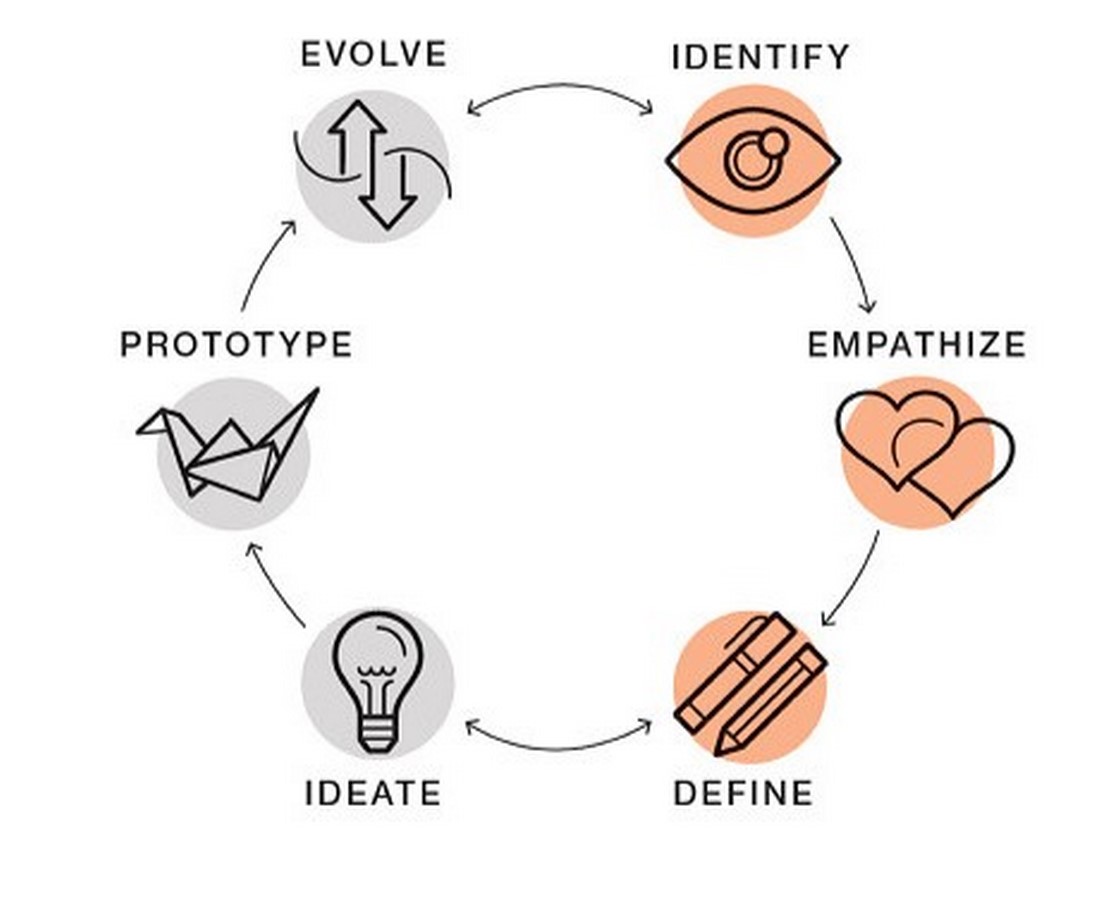
Design Thinking in Architecture
Design Thinking is a problem-solving methodology rooted in empathy, creativity, and an iterative process. It encourages designers to step into the shoes of the end-users, understand their needs, and iterate on solutions to address complex challenges. While this approach has found application across various disciplines, including product design and software development, it is uniquely suited to architecture, where the interaction between humans and their built environment is paramount.
Design Thinking places humans at the core of the architectural process. It promotes the idea that buildings and spaces should enhance the quality of life for their users, addressing their emotional, social, and functional needs. For architects, this means stepping out of their perspectives and engaging with the people who will inhabit the spaces they design.
In architecture, solving complex problems often requires a multidisciplinary approach. Design Thinking encourages architects to collaborate with experts from various fields, such as engineers, sociologists, and environmental specialists. This collaborative effort ensures that architectural solutions are technically sound, sociologically relevant, and environmentally responsible.
Design Thinking in architecture involves an iterative process, where architects create prototypes and mock-ups to test and refine their ideas. This approach allows architects to catch design flaws early, leading to more cost-effective and efficient construction.
As the world grapples with environmental issues, sustainable design is a pressing concern in architecture. Design Thinking encourages architects to integrate eco-friendly practices and materials into their designs. This can include optimizing natural light, using recycled materials, and implementing energy-efficient systems.
Each architectural project exists within a specific context, be it a city, rural area, or cultural landscape. Design Thinking emphasizes that architects should create designs that respond to and enhance the unique features of their surroundings. This approach helps preserve cultural and environmental diversity.
Design Thinking in Action: Case Studies
Here are a few case studies where this methodology has been employed to create exceptional spaces.
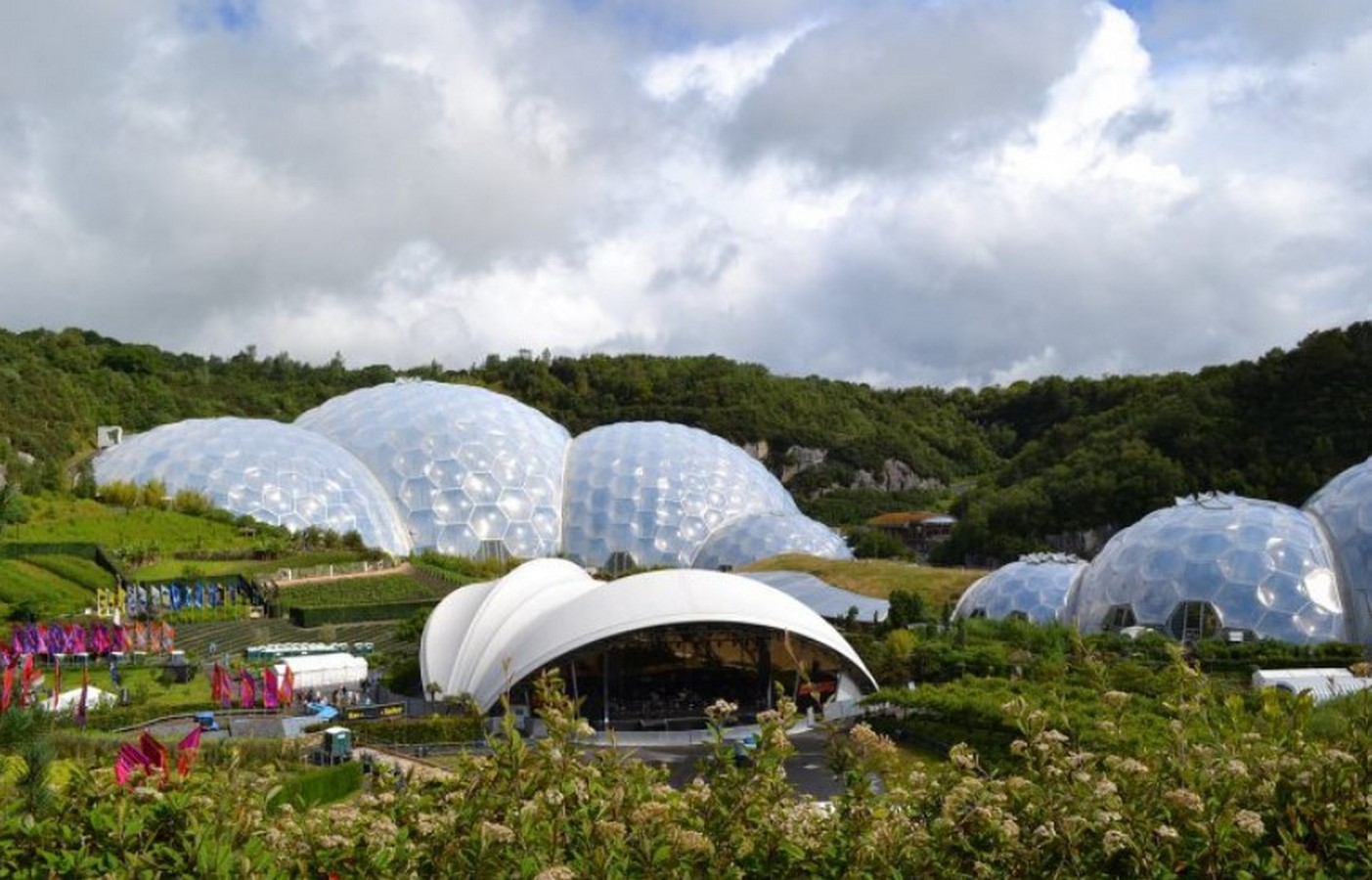
The Eden Project (United Kingdom)
The Eden Project, located in Cornwall, United Kingdom, is an iconic example of sustainable and human-centric architectural design. It is a series of geodesic domes housing distinct biomes, such as rainforests and Mediterranean environments. The design team behind the project used Design Thinking to create an experience that brings visitors into direct contact with various ecosystems. They conducted extensive user research to understand how people interacted with nature and how to make the experience educational and memorable.
Through collaboration with botanists, engineers, and environmentalists, the architects ensured that the biomes were not just visually stunning but also environmentally responsible. The result is a living laboratory that educates visitors about the importance of biodiversity and environmental conservation while providing an engaging and immersive experience.
The High Line (New York City, USA)
The High Line, an elevated urban park in New York City, is a prime example of adaptive reuse and urban regeneration achieved through Design Thinking. Built on a disused railway line, this project transformed an industrial relic into a thriving green space. Design Thinking was integral in understanding the needs and aspirations of the local community.
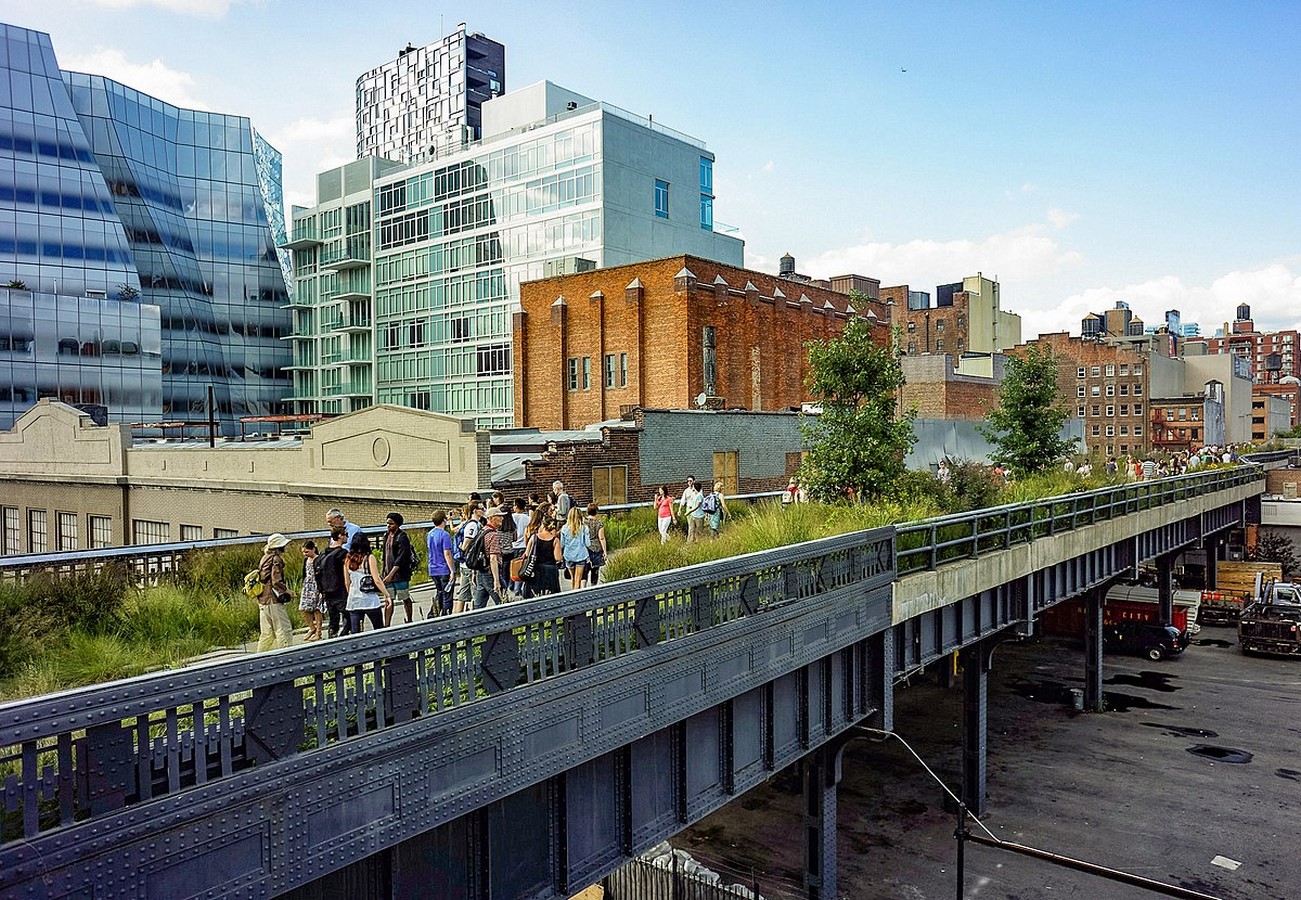
Architects collaborated with landscape designers, urban planners, and community stakeholders to create a park that reflects the neighborhood’s character and desires. They conducted extensive user research to determine the types of amenities and activities that would be most appreciated by the community. The result is a public space that caters to diverse user groups, offering art installations, gardens, and seating areas that encourage social interaction and relaxation.

The Bullitt Center (Seattle, USA)
The Bullitt Center in Seattle is a pioneering example of sustainable architecture. Dubbed the “greenest commercial building in the world,” it was designed to meet the Living Building Challenge, one of the most rigorous sustainability certifications. The design team, guided by Design Thinking principles, prioritized environmental responsibility at every stage of the project.
The architects worked closely with engineers, energy experts, and environmentalists to create a building that generates more energy than it consumes. Its rainwater harvesting, solar panels, and energy-efficient design make it a model of sustainability. Additionally, the user-centric approach is evident in the building’s amenities, which include plenty of natural light, comfortable workspaces, and features that enhance the well-being of its occupants.
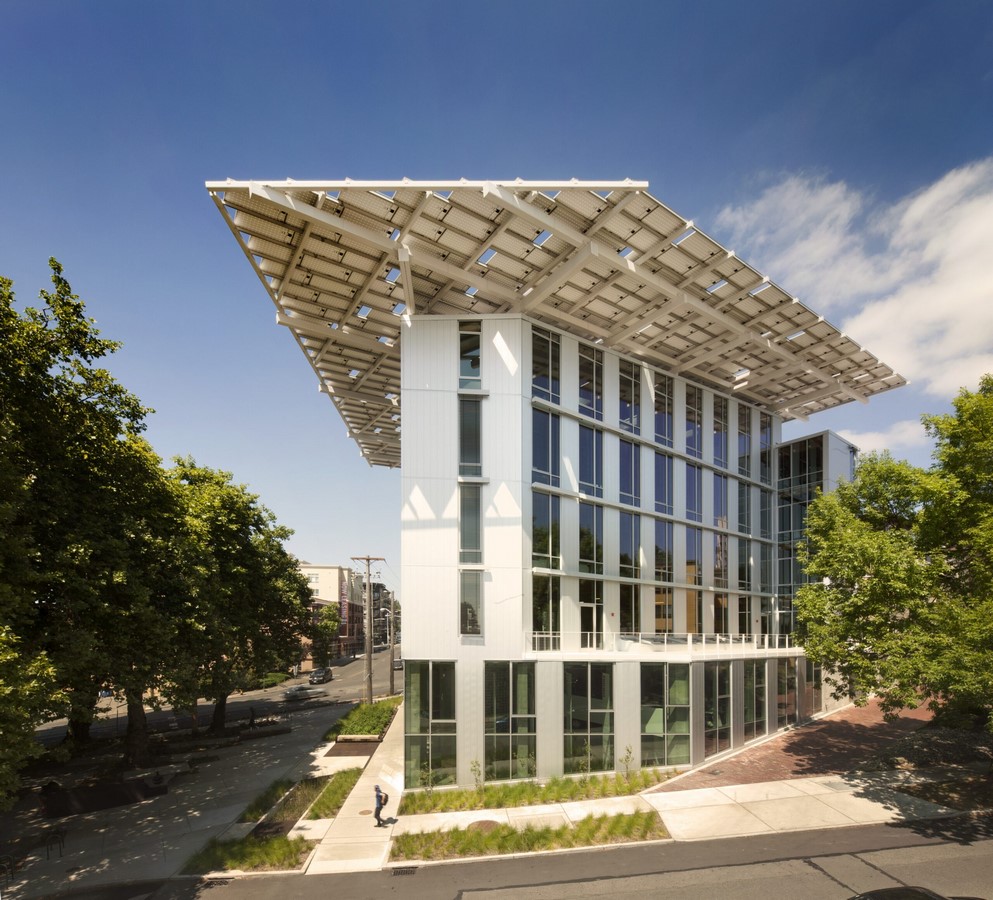
The Future of Architecture and Design Thinking
Design Thinking in architecture has come a long way, but its journey is far from over. Looking ahead, we can anticipate several exciting trends and challenges in the evolving relationship between Design Thinking and architecture.
Smart Cities and Technological Integration
As cities continue to grow and become more complex, architects will need to leverage Design Thinking to create spaces that are responsive to the needs of smart cities. The integration of technology, such as the Internet of Things (IoT), will offer opportunities to design buildings and urban environments that can adapt to changing conditions in real time. Design Thinking will play a crucial role in ensuring that technology is harnessed to enhance human well-being and sustainability.

Resilient and Climate-Adaptive Design
Design Thinking will be instrumental in addressing the challenges of climate change. Architects will need to design buildings and spaces that are resilient to extreme weather events and can mitigate environmental impacts. This will require a deep understanding of user needs and a commitment to creating spaces that prioritize safety and well-being.
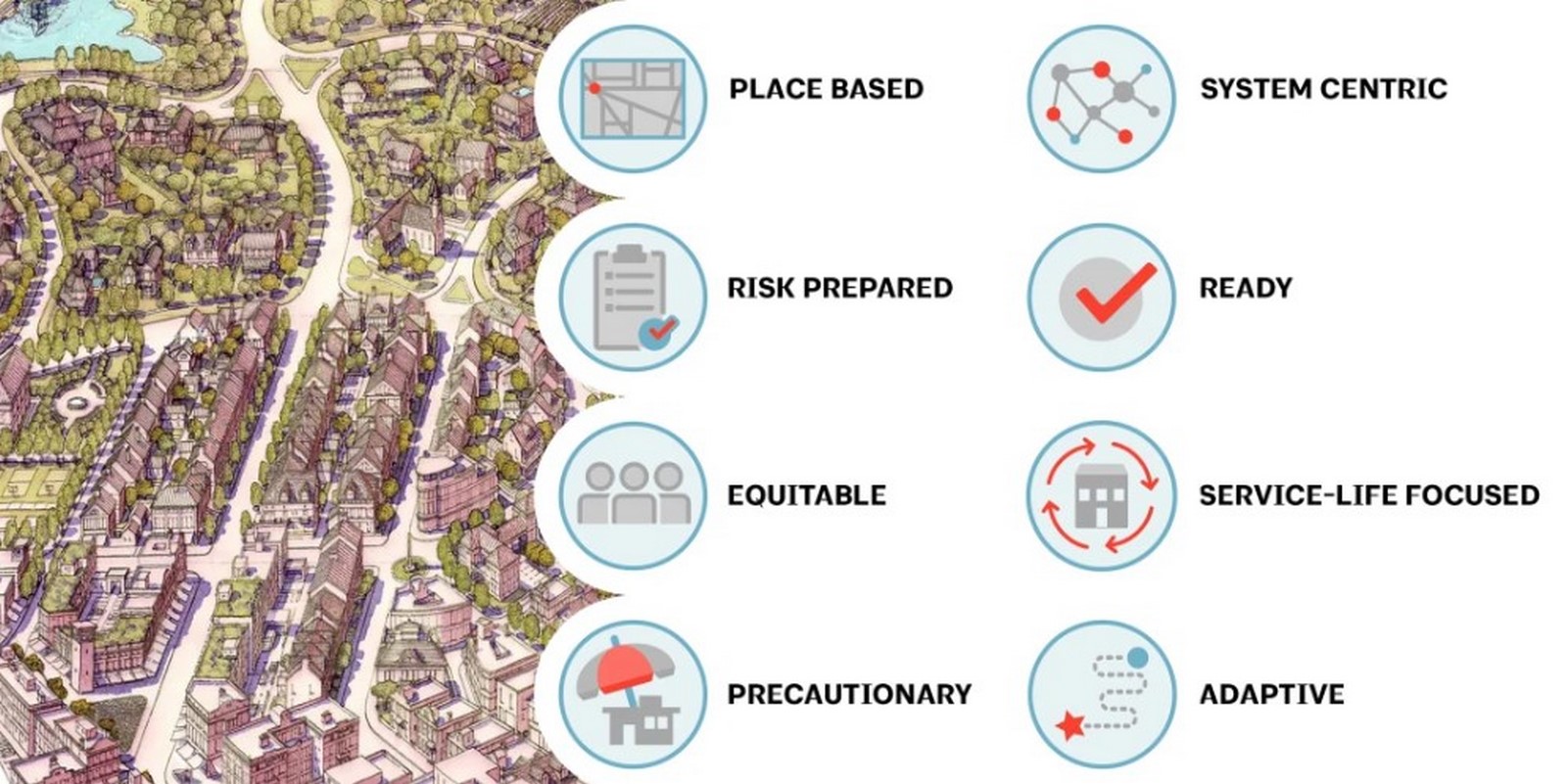
Sustainable Design as Standard Practice
Sustainable design is no longer a trend but a necessity. Design Thinking will continue to drive architects to prioritize eco-friendly materials, energy efficiency, and sustainable practices in their projects. This approach will lead to more environmentally responsible buildings and urban developments.
Augmented and Virtual Reality (AR/VR) for Design Visualization
Design Thinking will benefit from the integration of AR and VR technologies for better visualization and collaboration. These technologies will allow architects and clients to immerse themselves in virtual representations of architectural designs, enabling more interactive and user-focused design processes.
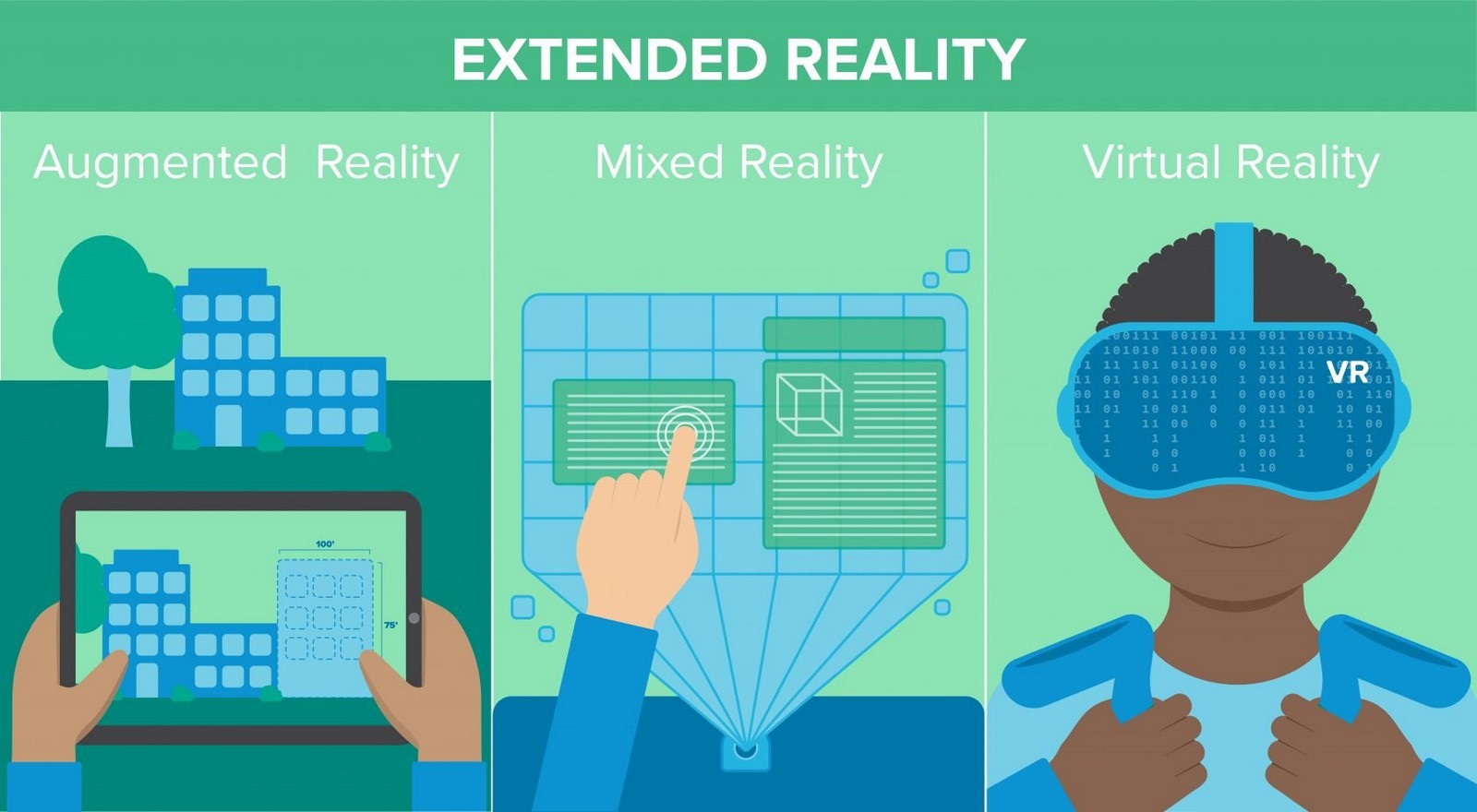
Biophilic Design and Wellness Architecture
The concept of biophilic design, which incorporates natural elements into architectural spaces, will gain momentum. Design Thinking will play a vital role in ensuring that biophilic elements are not just aesthetic but also enhance the physical and mental well-being of building occupants.
Conclusion
Design Thinking has fundamentally altered the way architects approach problem-solving and design. It has ushered in an era where architecture is not just about creating functional spaces but also enriching human experiences and respecting the environment. The case studies of the Eden Project, the High Line, and the Bullitt Center illustrate how Design Thinking can lead to transformative architectural solutions.
As architects continue to face complex challenges in a rapidly changing world, Design Thinking will be an indispensable tool for creating spaces that are not just visually striking but also user-centric, sustainable, and resilient. In this ongoing journey, Design Thinking will ensure that architecture remains a dynamic and empathetic discipline, one that evolves to meet the diverse and evolving needs of society while preserving the art and science of designing the spaces we call home.
References:
- Design Thinking for Strategic Innovation: An Executive’s Guide to Disruptive Thinking by Tim Brown (2009)
- mart Cities: A Taxonomy, Framework, and Current State of the Art by Jaydip Sen, Subhrajit Basu, and Debashish Deb (2020)
- Augmented Reality in Architecture: A Review by Luis Miguel Correia, Nuno Jardim Nunes, and Pedro Henrique Amado (2019)
- Virtual Reality in Architecture: A Review of the Literature by Yujie Fan, Chunming Hu, and Yanzhi Wang (2021)



















